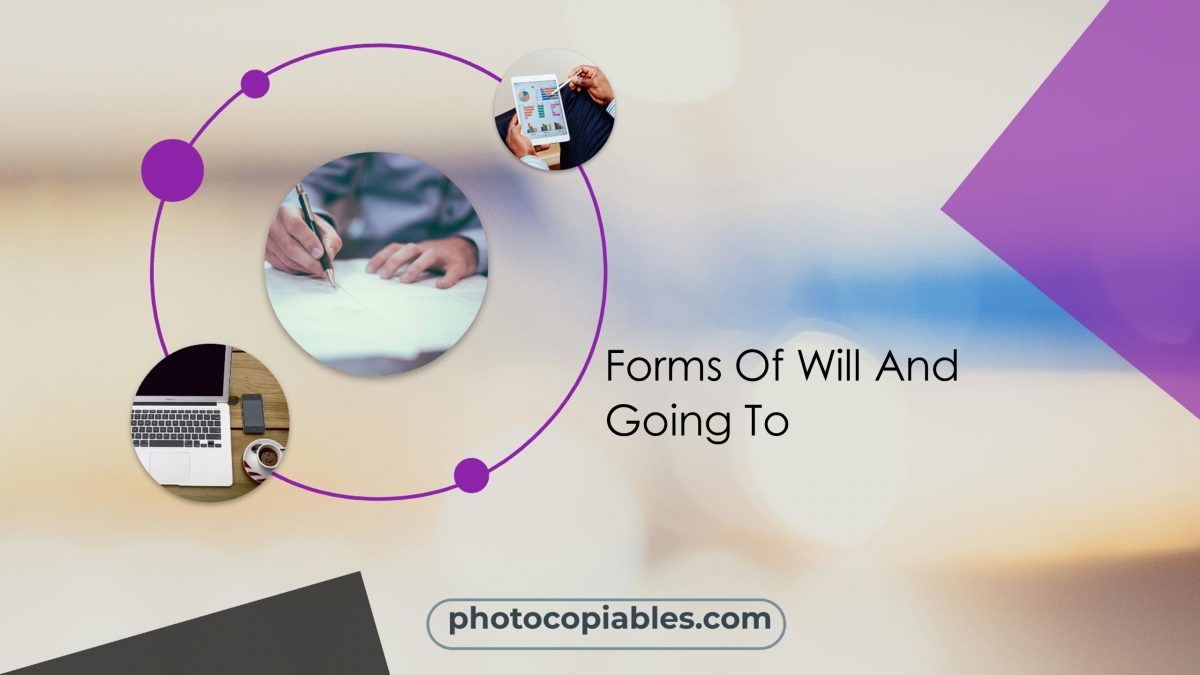How do we form future simple?
We use will and the base form verb for all personal pronouns. The short form is 'll. In negatives we use "won't" and the base form verb again for all personal pronouns
| Positive Sentences | Negative Sentences |
I'll make some sandwiches. You'll make some sandwiches. He'll make some sandwiches. She'll make some sandwiches for us. It'll sleep now. We'll make some sandwiches. They'll make some sandwiches for us. | I won't make some sandwiches. You won't make some sandwiches. He won't make some sandwiches. She won't make some sandwiches for us. It won't sleep now. We won't make some sandwiches. They won't make some sandwiches for us. |
How do we form 'going to'?
We use the forms of "to be" (am/is/are) and going to and the base form verb. We use 'am' for I; 'are' for you,we,they; 'is' for he,she,it. In negatives, there isn't any change in the verb.
For example...
I am going to learn a new language.
You are going to learn a new language.
He/She is going to learn a new language.
It is going to be hungry.
We are going to learn a new language.
They are going to learn a new language.
Sally isn't going to learn a new language.
Exercise






